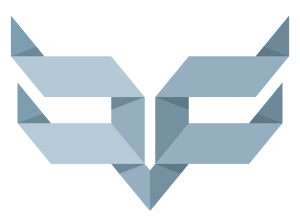
Understanding EASA Drone Regulations – an Overview Part 1
Understanding EASA Drone Regulations
An Overview – Part 1
The early part of 2019 has seen the publication of a new a set of regulations regarding drone use in Europe.
Initially proposed in the Summer of 2015, the aim is to standardise UAS regulations across Europe with a wider goal of promoting the growth of the European drone industry through this simplification across contracted States.

However, the regulations themselves look anything but simple so we’re going to look at different aspects over the coming weeks and months to break it all down into more manageable chunks. You can dive right into the regulation details using the links below or focus on the high-level summary in our forthcoming blog articles.
The regulation package is split into two
- Commission Implementing Regulations (IR) – the procedures and rules of operation of unmanned aircraft
- Commission Delegated Regulations (DR) – dealing with unmanned aircraft systems and on third country operators of UAVs
Both sets of regulations come into force on July 1st 2019 with the DR becoming applicable on that date. The IR doesn’t become applicable until July 1st 2020 so the changes that it lays out don’t have any immediate consequence to drone operators.
These new regulations cover more than aviation safety requirements as they recognise the unique issues surrounding the fledgling drone industry. So whilst safety still forms the backbone of the package, areas such as security, privacy and data protection are also addressed. Safety considerations are also divided between air risks (collisions with other aircraft – manned or unmanned) and ground risks (collision with persons or critical infrastructure).
UK Regulation Implementation
So the intention is that all regulations will apply July 1st 2020 – partly to allow the necessary preparation work to take place but also to take into account any effects from Brexit. The timeline is predicted to look something like this
1st October 2019 – Drone owners and operators can begin to register their aircraft and take the online competency test. This registration and training becomes law on November 20th 2019.
- November 2019 – NQEs will receive a document detailing their revised requirements and they will be renamed as an entity although they will have until July 1st 2020 to complete the transition.
- April 2020 – The CAA will released its revised scheme of charges
- June 2020 – CAP 722 will be published as revised to reflect the new policy, with risk assessment requirements also being published as CAP 722A. The CAA web pages will be updated, and the registration process and competency schemes will also be revised to reflect the changes.
Expert Infrared Inspections for Accurate Thermal Assessments
Need professional thermographic analysis for your project? Our certified experts use the latest infrared technology to deliver precise results. Contact Drone Media Imaging today for expert thermal imaging services.









